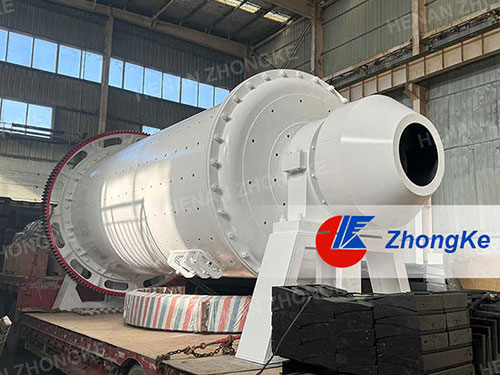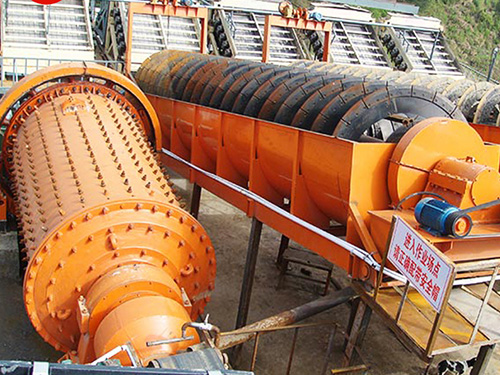
In the mining and mineral processing industry, ball mills are essential equipment for grinding raw materials into fine powders. A critical component of a ball mill is the grinding media, which plays a vital role in the comminution process. But what exactly is grinding media, and how does it impact the efficiency of a ball mill?
This article explores the types, functions, and selection criteria for grinding media in ball mills, helping mining professionals optimize their operations for better performance and cost efficiency.
What Is Grinding Media in a Ball Mill?
Grinding media refers to the solid materials (usually spherical or cylindrical) placed inside a ball mill to crush and grind the ore. As the ball mill rotates, the grinding media impacts and abrasively breaks down the material into smaller particles.
The choice of grinding media significantly affects:
Grinding efficiency
Wear resistance
Energy consumption
Operational costs
Understanding the different types of grinding media for ball mills is crucial for maximizing productivity in mining operations.
Types of Grinding Media Used in Ball Mills
1. Steel Balls (Forged & Cast)
Steel balls are the most common grinding media in ball mills, available in two main forms:
Forged Steel Balls – Made by hammering heated steel, offering high hardness and wear resistance. Ideal for coarse grinding.
Cast Steel Balls – Produced by melting and molding steel, suitable for fine grinding due to their balanced hardness and impact resistance.
Advantages:
High density for effective grinding
Durable with low breakage rates
Cost-effective for large-scale mining
2. Stainless Steel Balls
Used when contamination prevention is critical (e.g., in chemical or food processing industries). However, they are less common in mining due to higher costs.
3. Ceramic Balls (Alumina, Zirconia)
Ceramic grinding media is preferred when:
Minimal contamination is required
High corrosion resistance is needed
Fine grinding of non-metallic minerals is performed
Advantages:
Chemically inert
Lightweight compared to steel
Low wear rate
4. High-Chrome Alloy Balls
These offer superior wear resistance and are ideal for abrasive ores. They are more expensive but last longer, reducing replacement frequency.
5. Pebbles & Natural Stones
In some cases, naturally occurring flint or ceramic pebbles are used as a low-cost alternative, though they are less efficient than manufactured media.
Factors Affecting Grinding Media Performance in Ball Mills
1. Material Hardness & Density
Harder media (e.g., forged steel) is better for coarse grinding.
Softer media (e.g., ceramic) is suitable for fine grinding.
2. Size & Shape of Grinding Media
Larger balls are effective for breaking down big particles.
Smaller balls improve fineness but may reduce impact force.
3. Mill Speed & Filling Ratio
Optimal rotation speed ensures proper cascading and grinding action.
Overfilling or underfilling the ball mill reduces efficiency.
4. Ore Characteristics
Abrasive ores require wear-resistant media (e.g., high-chrome balls).
Soft ores may work well with standard steel balls.
5. Cost & Lifespan
High-quality grinding media may have a higher upfront cost but lower long-term expenses due to reduced wear.
How to Choose the Right Grinding Media for Your Ball Mill
Selecting the best grinding media for ball mills depends on:
Ore Type – Hard, abrasive ores need durable media like high-chrome steel.
Desired Fineness – Fine grinding benefits from smaller or ceramic media.
Operational Costs – Balance between initial investment and replacement frequency.
Contamination Concerns – Ceramic or stainless steel may be necessary for sensitive processes.
Consulting with ball mill manufacturers or grinding media suppliers can help tailor the best solution for your mining operation.
The grinding media in a ball mill is a crucial factor in determining grinding efficiency, energy consumption, and operational costs. Whether using steel, ceramic, or high-chrome alloy balls, selecting the right type ensures optimal performance in mineral processing.
By understanding the different grinding media options for ball mills, mining professionals can enhance productivity, reduce downtime, and achieve better grinding results.
For more insights on ball mill optimization and grinding solutions, stay tuned to our industry updates!







